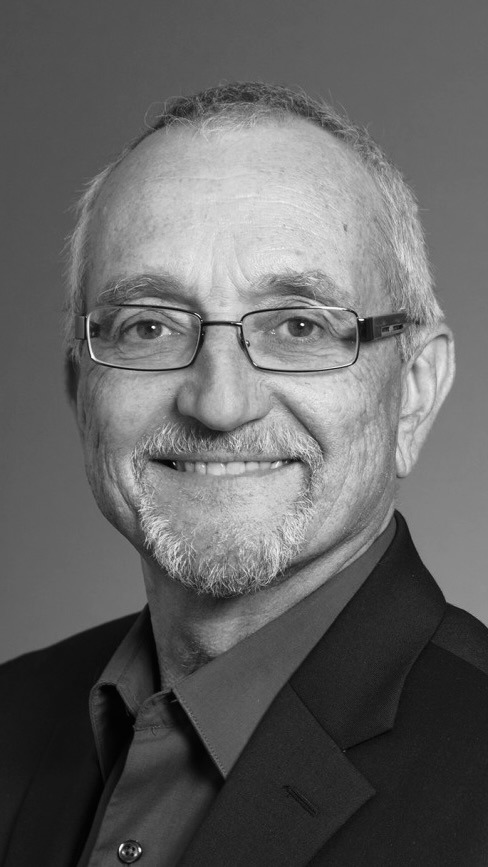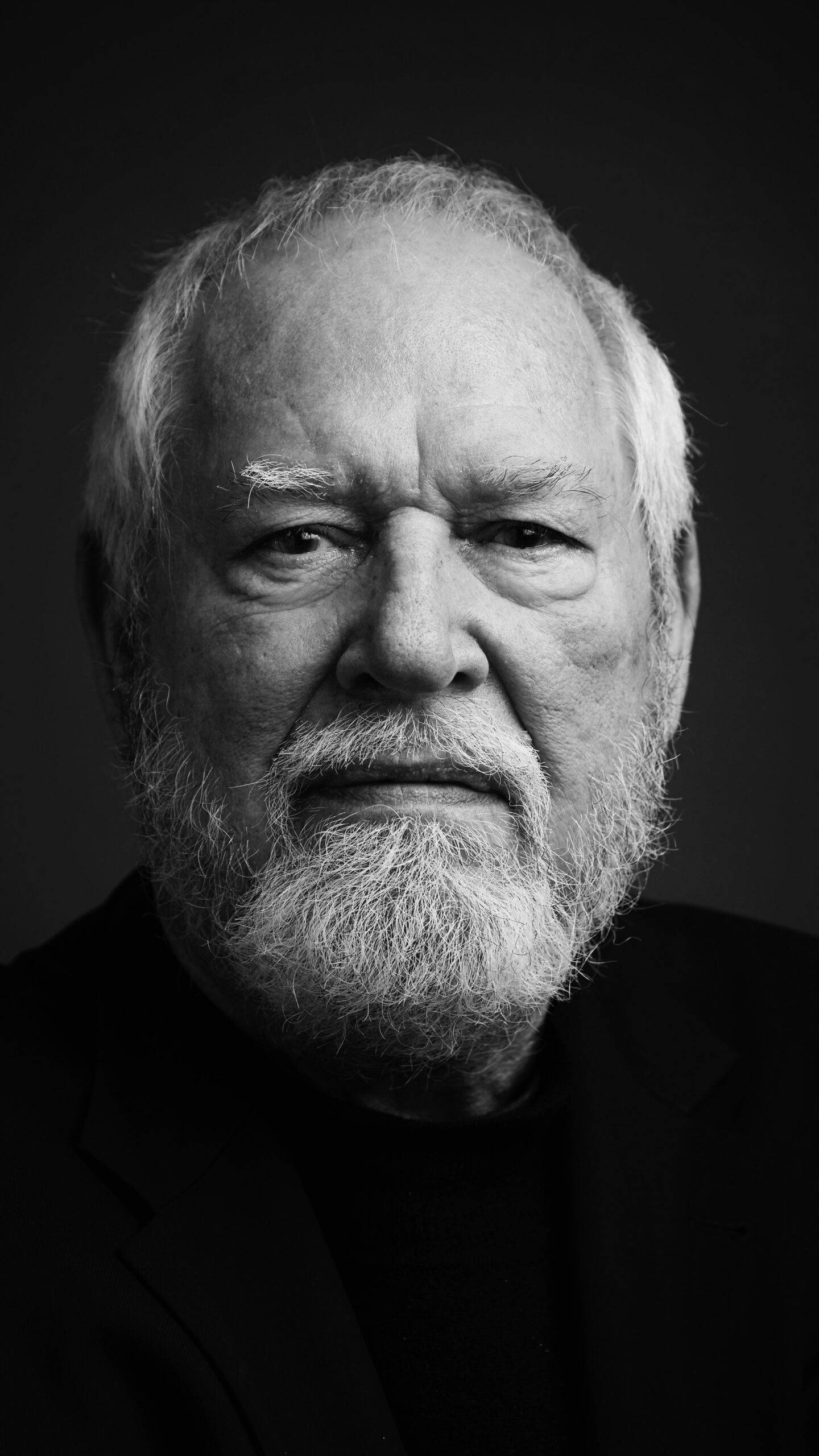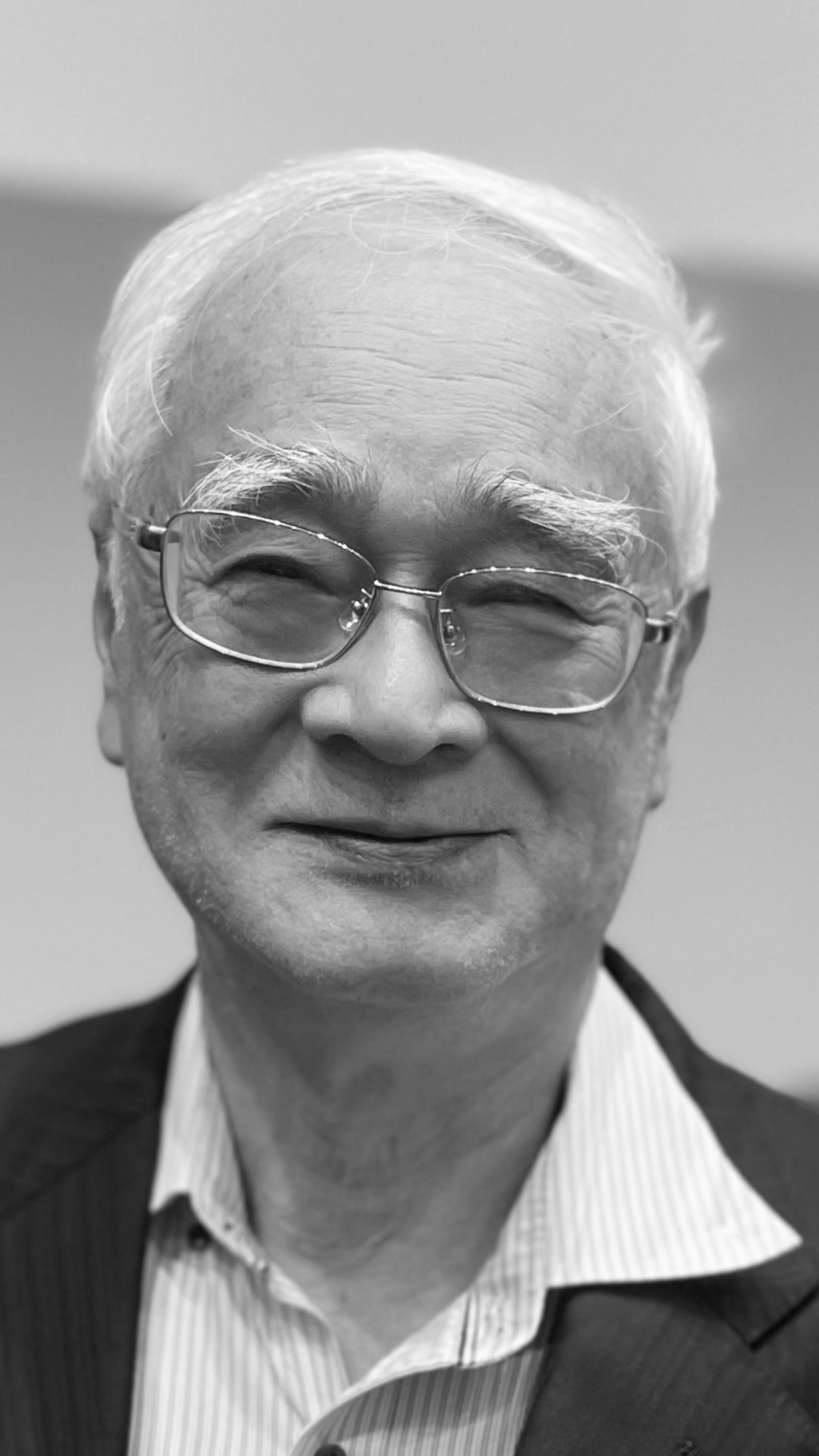Navigators of Change
Honoring the Pioneers of Vertical Farming
In this moment, we pay homage to the three trailblazers of the emerging realm of Vertical Farming: prof.dr. Gene Giacomelli from the University of Arizona, prof.dr. Dickson Despommier from Columbia State University, and prof.dr. Toyoki Kozai from Chiba University.
Alongside Gertjan, they participated in the inaugural international gathering of industry pioneers in September 2012 in Washington. Without their vision and dedication, we would not stand where we are today.
Each of these remarkable individuals deserves a monument for their courage, dedication, and outstanding contributions to this field.

Gene Giacomelli
Gene Giacomelli has found inspiration in the prospect of increased human space travel, foreseeing extended stays on the moon and even Mars. Understanding the challenges of transporting food for longer durations, he has envisioned the logical solution of cultivating crops in space.

Dickson Despommier
Dickson Despommier has engaged in extensive discussions with over a hundred of his students, contemplating the potential scarcity of agricultural land with our ever-growing global population. He has further developed the advantages of vertical farming within urban settings, foreseeing a critical role for the future.

Toyoki Kozai
Toyoki Kozai has been a strong advocate for technology, given Japan’s leading role in various sectors. He has witnessed the challenges faced by aging farmers on small-scale Japanese farms and the departure of the younger generation from the sector. Kozai has played a pivotal role making agriculture appealing and sustainable.
Harmonizing Vision and Innovation
Our approach stood out, but it seamlessly blended with the distinct perspectives of Gene, Dickson, and Toyoki, creating a perfect amalgamation.
Since 1989, we’ve been pioneers in developing mathematical models that simulate and predict crop growth, foreseeing a future where agricultural yields could far exceed what was achievable at that time. Even before these concepts became mainstream, we were delving into phenomena such as Light Use Efficiency, Harvest Index, and Dry Matter Partitioning.
Our models showcased the immense potential of agricultural yields, often multiples of what was being realized in practical terms. However, even with high-tech greenhouses, limitations were imposed, hindering us from fully unlocking this potential. We sought a new habitat for plants, one not restricted by the sun’s extreme heat or the cooling effects of frost and wind—an entirely enclosed environment illuminated by artificial light. In 2005 this marked the genesis of our remarkable journey. The rest, as they say, is history.
Honoring the Pioneers of Vertical Farming
In this moment, we pay homage to the three trailblazers of the emerging realm of Vertical Farming: prof.dr. Gene Giacomelli from the University of Arizona, prof.dr. Dickson Despommier from Columbia State University, and prof.dr. Toyoki Kozai from Chiba University.
Alongside Gertjan, they participated in the inaugural international gathering of industry pioneers in September 2012 in Washington. Without their vision and dedication, we would not stand where we are today.
Each of these remarkable individuals deserves a monument for their courage, dedication, and outstanding contributions to this field.

Gene Giacomelli
Gene Giacomelli has found inspiration in the prospect of increased human space travel, foreseeing extended stays on the moon and even Mars. Understanding the challenges of transporting food for longer durations, he has envisioned the logical solution of cultivating crops in space.

Dickson Despommier
Dickson Despommier has engaged in extensive discussions with over a hundred of his students, contemplating the potential scarcity of agricultural land with our ever-growing global population. He has further developed the advantages of vertical farming within urban settings, foreseeing a critical role for the future.

Toyoki Kozai
Toyoki Kozai has been a strong advocate for technology, given Japan’s leading role in various sectors. He has witnessed the challenges faced by aging farmers on small-scale Japanese farms and the departure of the younger generation from the sector. Kozai has played a pivotal role making agriculture appealing and sustainable.
Harmonizing Vision and Innovation
Our approach stood out, but it seamlessly blended with the distinct perspectives of Gene, Dickson, and Toyoki, creating a perfect amalgamation.
Since 1989, we’ve been pioneers in developing mathematical models that simulate and predict crop growth, foreseeing a future where agricultural yields could far exceed what was achievable at that time. Even before these concepts became mainstream, we were delving into phenomena such as Light Use Efficiency, Harvest Index, and Dry Matter Partitioning.
Our models showcased the immense potential of agricultural yields, often multiples of what was being realized in practical terms. However, even with high-tech greenhouses, limitations were imposed, hindering us from fully unlocking this potential. We sought a new habitat for plants, one not restricted by the sun’s extreme heat or the cooling effects of frost and wind—an entirely enclosed environment illuminated by artificial light. In 2005 this marked the genesis of our remarkable journey. The rest, as they say, is history.
